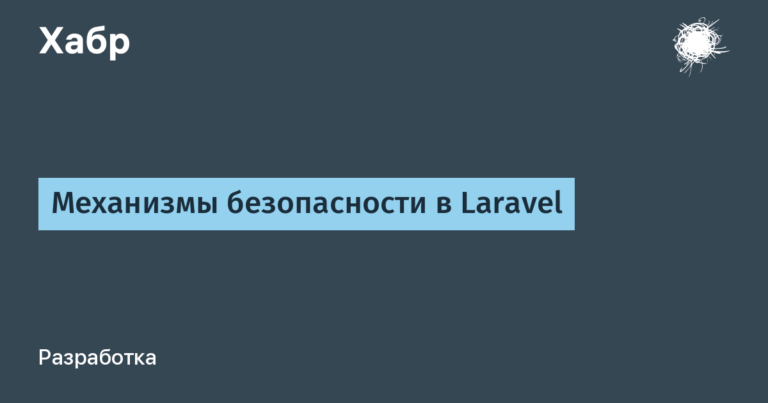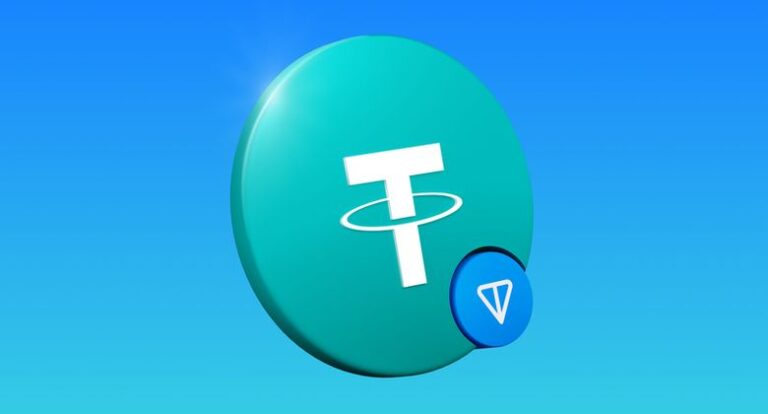Success is not without someone else's help: how to “grow” a finished project for the market through a pre-accelerator
In our posts, we have repeatedly said that after the finals of the Digital Breakthrough contest, successful teams will be able to finalize projects within the framework of the pre-accelerator and make products already for the market. The program started on September 30, and we can already summarize the first results. But first we’ll tell you what its meaning is and why a pre-accelerator is needed for companies, investors and the teams themselves.

With the help of experts, projects created at the hackathon (at the regional or final stages) are pumped as much as possible and are preparing to enter the market. They are introduced to company representatives, investors and future mentors, who, like good fitness trainers, squeeze the maximum out of them. By the way, all the work is carried out under the strict supervision of 20 trackers – people who at one time raised a single successful startup and certainly know all the pitfalls in the formation of future unicorns (and we are not talking about mythical horses) 🙂
The main goal of trackers is not to boast of a portfolio of projects they have grown. They become mentors and individually regularly communicate with teams, give them a visual view of the project from the outside and point out obvious “bugs” in the implementation of the idea. Also, representatives of companies – suppliers of tasks on the hackathon work with the participants. As a result of joint work, raw development will turn into a real pilot. And it can really take off in the market.
We asked two trackers about how pre-acceleration is taking place.
Chizhov Nikita, tracker
“All participants have different approaches to their main mission. For example, the main goal of one of the teams is to continue to work for a large corporation and to develop its project already inside. At the same time, another wants to receive a grant and get connections in government, and the third wants to build a large, large-scale product for the entire market and attract investment from a business angel. Now the teams are at the stage of validating their main idea, and to help them with this we use the customers development technique, which helps to identify the problem of potential customers and understand how solutions are suitable for their task.
One of the tools that allows you to strategically think through and work out their ideas is the business canvas tool. It makes it possible to describe all business processes and the consumer segment, key proposal, necessary resources, infrastructure, partners. This will help the team initially think in more detail what is needed to achieve their goals. ”
Denis Poshekhontov, a member of the St. Petersburg Continuous Disintegration team (winners in the nomination of the State Atomic Energy Corporation Rosatom) shared his goals with us:
“For the pre-accelerator, we chose the prototype of the finale and slightly expanded its hypothesis. Our main mission is to attract financing to the project and bring it to the market. In addition, we are interested in what a startup kitchen looks like from the inside. Who knows, maybe in the future we will also become a full-fledged startup with a truly competitive solution. ”
Marat Nabiullin from goAI team (winners in the MTS nomination) noted the goals of his team, which turned out to be very extensive:
1. Develop a 3-year development strategy
2. Sign the NDA and the agreement of intent with the corporate client, state customer and 2 more large corporate customers.
3. Get data to analyze the complexity of the work and create calculations of the value of contracts.
4. Prepare and coordinate commercial proposals with the definition of contract forms, stages, terms, cost, test parameters and acceptance conditions, conditions for changing the development cost, monthly maintenance parameters, SLA and security levels, compliance with GDPR and regulatory requirements, requirements for transfer of rights and licensing, creation of instructions for using the system and personnel training parameters.
5. Sign 1 contract for certain parameters. ”
Oksana Pogodaeva, tracker and entrepreneur also told about the pre-acceleration program:
“The tracker always plays a key role in the implementation of any project. He helps projects in goal-setting, in the formulation of hypotheses and their development. The team also focuses on the implementation of their goals, for this the movement goes through weekly HADI cycles (hypothesis-action-obtaining data-output), which allows you to quickly obtain useful knowledge from the market and understand what it and the end user really need.
At the start of the pre-acceleration program, projects were diagnosed, which made it possible to understand what state they were in at the moment, and also helped determine the strengths and weaknesses of the teams.
It is also important to note that the tracker is not an expert and does not give advice on how to act in a team in a given situation. "He leads her with leading questions to understanding the problem and finding solutions."
To participate in the pre-acceleration program, 60 teams were selected, which for the second month have been working on pumping their projects and skills. After the defense, which will be held from November 20 to 22 at the Senezh Management Workshop, the revised prototypes of innovative solutions will go to the market without mentors without any mentors. Some will be able to do this with the help of investors, who also monitor the work and communicate with the teams in the process.
Other participants who did not pursue the goal of conducting their project on the market will be able to get a job in the company and engage in its development already inside.
Marat Nabiullin spoke about how the pre-acceleration stage goes for them:
“As part of the pre-accelerator, we are working with the project, the task is from the final of the competition, and we are developing the ADEPT personnel retraining service based on artificial intelligence. This is a service that solves the issue of “further training” specialists within the company for open vacancies and promotes career growth on the one hand, but on the other hand, it allows adapting employees of endangered professions due to the digital transformation of the business and makes it possible to offer them new positions. ”
Marat also shared a feedback on working with mentors: “As part of pre-acceleration, we get very valuable feedback from trackers. They allow us to take a fresh look at the product and seriously modify it. In addition, they share useful contacts that in the future will help us bring development to the market. Thanks a lot to our tracker, Viktor Stepanov, who keeps us in focus. ”
Why do companies need a pre-accelerator?
FirstlyThe pre-accelerator helps organizations hunt promising technology professionals. Such resumes cannot be found on Head Hunter or Super Jobs – as a rule, these specialists already work in companies or own their own business. Throughout the competition, we see a trend among companies that want to hire not individual specialists, but a whole multidisciplinary team that can take a fresh look at the company's activities and come up with new solutions for its innovative development.
In addition to IT staff organizations hunt for technological solutionsdesigned for the specific tasks of their business. In this, hackathons help them just fine, where they get dozens of prototype options for subsequent integration into the company.
Separate advantages when working with projects in the pre-accelerator are received by investors. We all perfectly understand that it is most profitable to invest in human and intellectual capital. And according to the results of the hackathons, we gained a lot of such wealth. Therefore, investors, representatives of funds and business angels closely monitor the growth of projects, communicate with teams and decide who they will give money to.
How much pumped projects came to the pre-accelerator after the final?
This question was answered by trackers who are already on the battlefield for the fourth week and follow the development of teams:
Oksana Pogodaeva:
“There is a very tangible spread in the level of projects, someone has formed teams for years, and someone met for the first time only on a regional tour, some teams have fairly good experience in creating products, and someone does it for the first time. In general, we can already say that we are expecting a lot of pleasant surprises in the form of very interesting, unique and somewhat elegant solutions.
Now teams are more and more immersed in the context of the specifics of work within the framework of the pre-accelerator, learn a lot from the educational unit and actively use the knowledge gained in the implementation of their startups. ”
By the way, they forgot to talk about the fact that an educational program is provided as part of the pre-acceleration. It is divided into two stages – distance and intramural.
“At a distance” teams under the strict guidance of trackers are working to improve the product, receive expert advice and regular feedback on development. At the same time, an online course is underway to launch IT startups and implement solutions in the business processes of companies.
At the intramural stage, master classes in oratory, trainings of professional and personal competencies, and lectures from partners of the competition are held.
And, of course, in the final, everything is the most difficult – at the end of the program, the teams will have to protect the projects in front of investors, funds and company representatives who will be able to evaluate the progress of the participants throughout the work (soon we will publish a post on how to make an ideal presentation without a designer ) Based on the results, the fate of each project will be decided, and later the contestants will go to celebrate or work on the errors — it all depends on how actively the work went on at the pre-acceleration stage.
We hope that after this all participants will be able to achieve their goals and show that the “Digital Breakthrough” is more likely not about innovation, but about the people who create it. Therefore, we decided to create a pre-acceleration program designed to combine all the components for successful technological progress – companies, investors and, of course, product teams.




